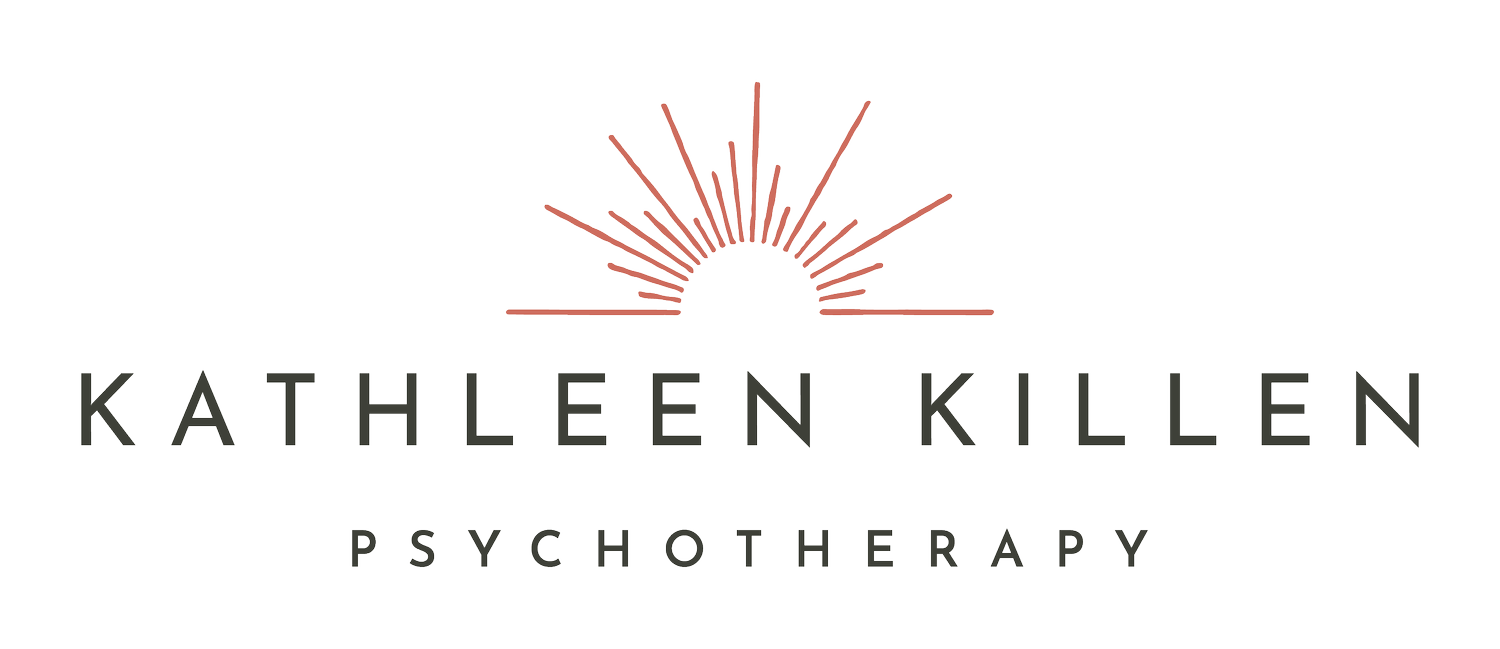Co-Dependency in Relationships: Signs, Patterns, and How Couples Therapy Can Help
Relationships are meant to be safe, supportive, and mutual—but what happens when caring turns into over-caring, or when your identity starts to feel tied to your partner’s emotions or choices? That’s when co-dependency can quietly take hold.
If you’ve ever thought, “I just want them to be happy... even if it means I don’t get what I need,” this article is for you.
What Does a Co-Dependent Relationship Look Like?
Co-dependency in relationships can be subtle or obvious, but it often follows the same pattern: one person over-functions (fixes, rescues, sacrifices) while the other under-functions (withdraws, avoids responsibility, or struggles emotionally).
Signs you may be in a co-dependent dynamic:
You feel responsible for your partner’s happiness or success
You have trouble setting boundaries or saying “no”
You suppress your feelings to avoid conflict
You stay in the relationship out of fear of being alone
Your mood completely depends on how your partner is feeling
You feel exhausted, resentful, or invisible—but don’t know how to change it
Co-dependent relationships aren’t always toxic or abusive. Many come from a place of deep love and care. But over time, this imbalance can lead to frustration, burnout, and disconnection on both sides.
Can One Person Break Free While the Other Stays Stuck?
Yes—and this is actually very common.
When one partner starts healing from co-dependent patterns—by setting boundaries, reconnecting with their own needs, or pulling back from people-pleasing—it can feel unsettling for the other person.
The partner who was used to being “rescued” or “fixed” may feel confused, angry, or abandoned. It can create real tension, even if the changes are healthy and necessary.
If you’re the one starting to break free:
Expect some discomfort in the relationship
Remember: you’re not responsible for managing their emotions
Stick with your boundaries, even if it feels awkward at first
Focus on your own growth and emotional health
Ultimately, for the relationship to rebalance, both partners have to do the work.
How Couples Therapy Can Help Shift Co-Dependent Dynamics
The beautiful thing about relationships? They can be repaired and rebuilt with intention. Couples therapy can be an incredibly helpful space to:
Learn how to set boundaries without feeling like you’re “pushing your partner away”
Understand each other’s attachment patterns and fears
Stop the cycle of over-giving and under-receiving
Build a healthier, more equal relationship dynamic
Create emotional safety for both partners to express needs and feelings
Re-learn how to be close without losing yourselves
A trained couples therapist can guide both of you to move from co-dependency toward healthy interdependence—where you love, support, and rely on each other without sacrificing your individuality.
Ready to Start Exploring Your Relationship Patterns?
I’ve created a free guide with more information about codependency and how it impacts relationships, including a free quiz and ways to begin to heal. Get your free guide here.

